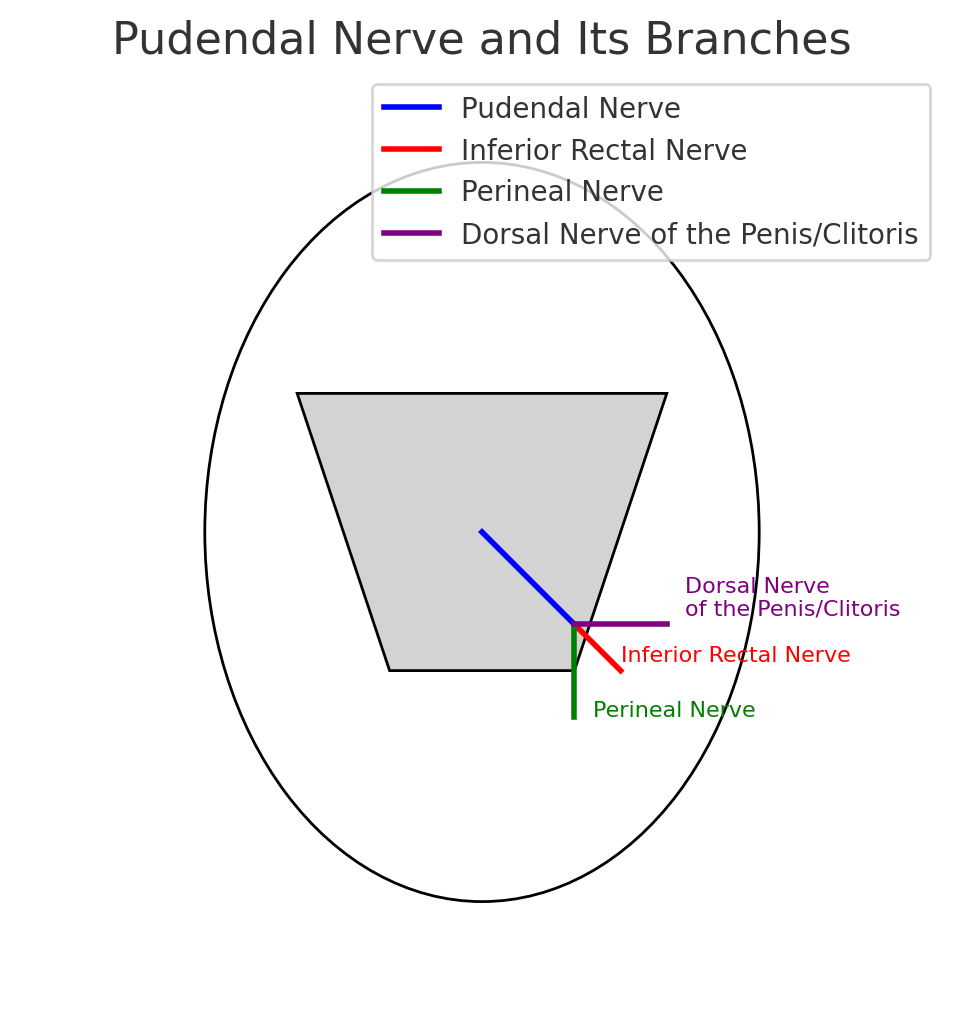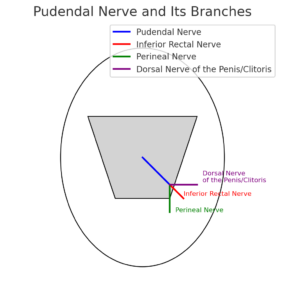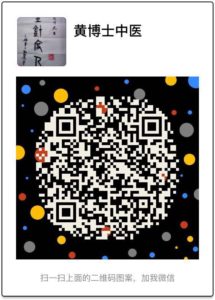
[PhD Win Medical one case of Case] anal fissure combined with pudendal neuralgia
Please make an appointment, by clicking the below link
Last week, the clinic’s receptionist received a call asking if traditional Chinese medicine could treat [anal fissures]. I took over the call and inquired about the patient’s age, weight, and occupation. I said [he could come for a consultation]. I truly believed he had an [anal fissure] and that we could use Chinese medicine to regulate his body, improving his overall health and utilizing his body’s healing abilities to cure his anal fissure. He immediately made an appointment.
When he came to the clinic, I asked how long he had had the anal fissure. He said two years. I asked what examinations he had undergone, and he said a rectal examination confirmed it was an anal fissure, and the doctor had recommended surgery. I also performed an external examination of the anus and found an anal fissure at the 1 o’clock position. Therefore, the patient’s anal fissure was real.
The subsequent consultation and examination made me think a lot. One issue was his anal pain. When he defecates or after defecation, he experiences severe pain in the anus, with a pain score of 8-9/10, and the pain lasts all day, improving slightly by the evening, but sometimes waking him up twice at night due to the pain. Hearing about the severe stabbing pain and long duration, especially waking up at night due to pain, I suspected the anal pain might be [neuralgia]. I then examined him and found sensitivity in the perineal area and the posterior thighs. The patient felt significantly reduced pain when pricked with a needle in these areas. Therefore, I diagnosed him with [an anal fissure combined with pudendal neuralgia].
I administered acupuncture for nerve relaxation, targeting neuralgia, and provided Chinese medicine to regulate his body, mainly focusing on the anal fissure. Four days later, he came for the second acupuncture treatment and told me, [after the first treatment, the anus did not hurt at all for the first three days]. I became more convinced that his anal pain was neuralgia. Is my analysis correct? I would like to discuss this complex case with my colleagues.
Here are some key points and considerations from this case:
History Taking and Physical Examination:
- Conducted a thorough inquiry about the patient’s symptoms, medical history, and previous examinations and treatments. Although the patient reported seeking treatment for an anal fissure, his most distressing symptom was anal pain, which he wanted to address.
- Confirmed the presence of an anal fissure through both a rectoscope examination and my visual inspection of the anal area. The anal fissure was indeed present.
Symptom Analysis:
- The patient reported severe anal pain (8-9/10), especially during and after defecation, as well as being awakened by pain at night, suggesting that the pain might not be solely caused by the anal fissure. Pain from an anal fissure is typically transient and characterized by a tearing sensation.
- Sensitivity testing in the perineal area and the backs of both thighs suggested the possibility of neuralgia. Could this sensitive area be attributed to the pain from the anal fissure?
Diagnostic Consideration:
- By considering both the anal fissure and perineal neuralgia, I diagnosed the patient with “anal fissure combined with perineal neuralgia.”
Treatment Plan:
- Implemented acupuncture neural decompression therapy targeting neuralgia. The patient’s pain was completely relieved for three days after the treatment. If the pain were solely due to the anal fissure, would one session of acupuncture be so effective?
- Used traditional Chinese medicine to regulate the body, targeting the anal fissure.
Treatment Outcome:
- The patient experienced complete relief from anal pain for the first three days after the initial treatment, indicating that the treatment targeting neuralgia was effective. This also validated my consideration of neuralgia.
Further Considerations:
Relationship Between Anal Fissure and Neuralgia:
- Anal fissures can potentially trigger or exacerbate neuralgia, a scenario commonly seen in clinical practice.
- Differentiating between neuralgic pain and fissure pain involves considering the duration, nature, and effectiveness of acupuncture treatment.
Diagnosis:
- I made a diagnosis of perineal neuralgia based on symptom analysis and physical examination.
- Additional tests, such as MRI and nerve conduction studies, could help confirm the neuralgia diagnosis.
Treatment Effectiveness and Plan:
- The first acupuncture neural decompression treatment was effective. Continued treatment is necessary to observe long-term efficacy and further evaluate the patient’s diagnosis.
- Concurrently using traditional Chinese medicine, along with lifestyle, work, and exercise guidance, to improve the patient’s constitution and ultimately cure the anal fissure.
- If anal pain is alleviated but the fissure persists, it is recommended to consult a surgical specialist in Western medicine.
Thank you.
E-book】 Dr. Win Huang Clinical Case records 【100 cases】
Medical Disclaimer: The medical information provided in our content is intended as an informational resource only and should not be used or relied upon for any diagnostic or treatment purposes. This information does not establish a patient-physician relationship and is not a substitute for professional diagnosis and treatment. Please consult your healthcare provider before making any healthcare decisions or for guidance about a specific medical condition.

 中文微信:nzacupunctureclinic
中文微信:nzacupunctureclinic
Leave a reply